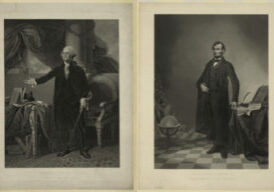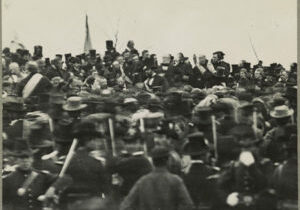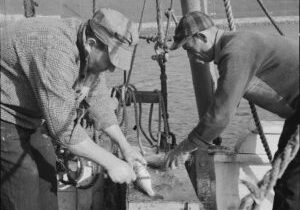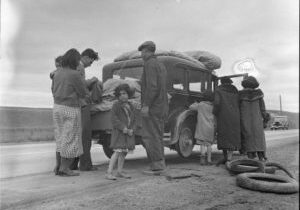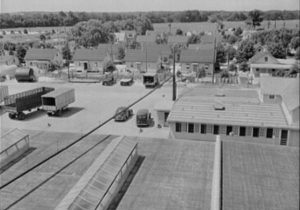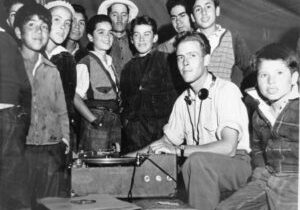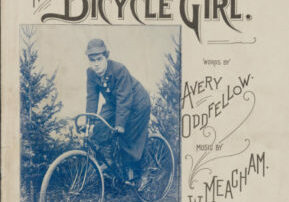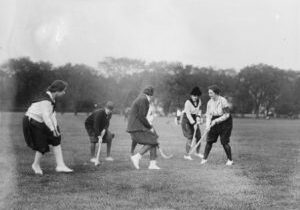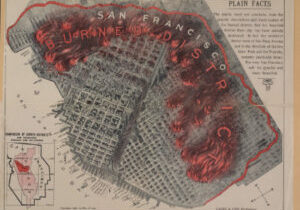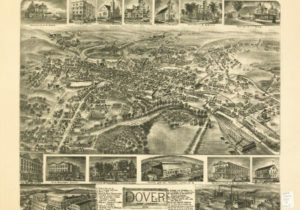Lesson Plans
Presidential Portraits
Students learn about George Washington and Abraham Lincoln through the lens of both primary and secondary sources, investigating different types of primary sources, considering how portraits are created to convey information, and imagining their own presidential potential.
Gettysburg Address Game On
Students consider whether equality is important to our democracy as they develop a deep understanding of the literary and historical value of the Gettysburg Address through analysis of primary sources and a close reading of the text with several game-based activities to reinforce their knowledge and understanding. After, students connect their learning to today by writing a response to the lesson focus question: In what ways is equality a proposition, or belief, worth fighting for? Numerous extension activities are also provided.
The New England Fishing Industry: Sea Changes in a Community
Students analyze photographs, maps and interviews to understand the geographic and economic characteristics of the U.S. Northeast coast and the link between New England's economic and cultural past and the issues it faces for its future through researching industry issues, interviewing industry actors, and/or researching current legislation related to fishing and fisheries.
Immigration and Migration: Today and During the Great Depression
Students analyze historical primary sources, including oral histories, photographs and films and collection, to develop an understanding of the lives of immigrants during the Great Depression. Then students gather migration stories of a family member, friend, neighbor or community member, comparing the stories they collected to those of the past and considering the value that stories of everyday people play in creating a patchwork collection of the American memory.
Exploring Community Through Local History: Oral Stories, Landmarks and Traditions
After being introduced to the American Life Histories: Manuscripts from the Federal Writers' Project, 1936-1940 collection, students explore the local history and contemporary culture of their community through written and spoken stories; through landmarks such as buildings, parks, restaurants, or businesses; and celebration of cultural traditions.
Oral History and Social History
Students study social history topics by analyzing life histories from the Federal Writers' Project (1936-1940) that recount the lives of ordinary Americans. Based on these excerpts and further research in the collections, students develop their own research questions, then plan and conduct oral history interviews with members of their communities.
Music and U.S. Reform History: Stand Up and Sing
Throughout American history, popular music has reflected the mood and opinions of the times. By analyzing sheet music and song sheets, students explore issues related to industrialization and reform to answer the essential question, "How does society respond to change?" After, students work in groups to create song sheets about reform topics from the Progressive era and also from the present.
Recreation Yesterday & Today
Students conduct research and analyze primary sources to investigate entertainment and recreation in the 1920s and 1930s, comparing urban and rural experiences for this time period with their own experiences. After, students may conduct oral histories with local people in order to test their conclusion about recreation and entertainment in their community or use population density maps or settlement maps to hypothesize about a connection between distance and entertainment.
Natural Disasters: Nature’s Fury
Students analyze a variety of primary sources to examine Americans' life changing experiences with nature during the late 19th and early 20th centuries, then research the Library of Congress online collections to broaden their understanding of how communities have dealt with disaster. Next, students connect their investigations to a literary work of historical fiction based on a natural disaster and conduct additional historical inquiry research. After presenting their findings students may examine a recent natural disaster, locating and analyzing primary source documents related to it, and noting similarities and differences in causes, effects and community responses to those of earlier times.
Local History: Mapping My Spot
Through primary source analysis of different types of historical maps, students begin to see their homes as places of value in relation to the broader community portrayed on the panoramic map of their town. After, students document their town’s history for coming generations, placing themselves on a map of their creation and writing letters to future children in their community.
